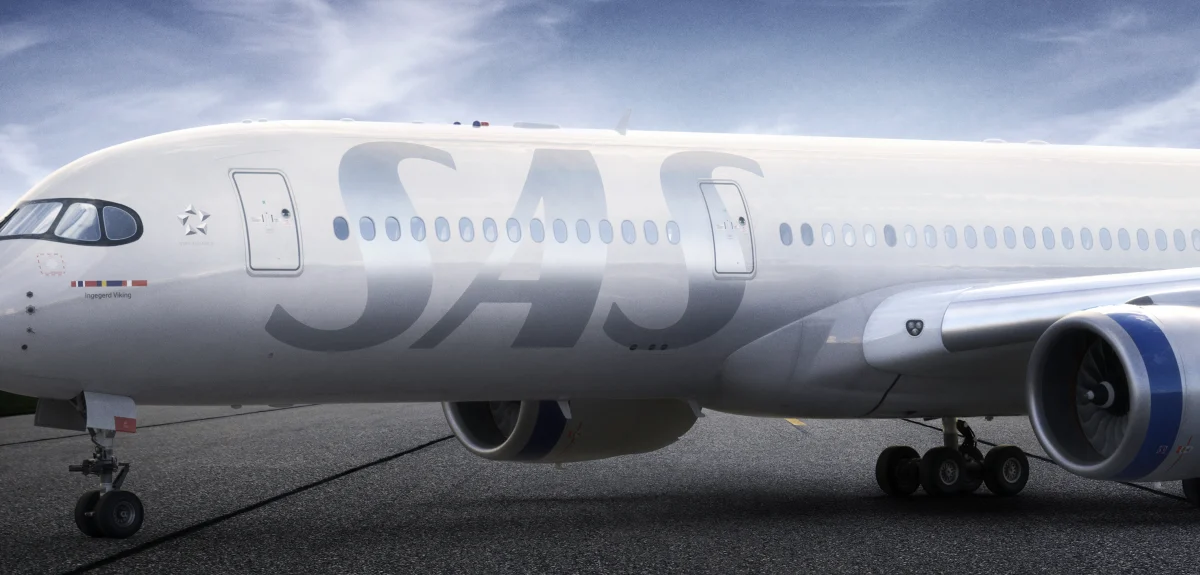
Ask the pilot: How long does a runway need to be?
SAS pilots answer your questions.
”All our aircraft are quite capable of operating on relatively short runways.”
How long does a runway need to be for a plane to take off and land? /Håkan
Hi Håkan,
That’s a complicated question, however one we pilots deal with before each and every flight. How much runway is needed for both takeoff and landing depends on many different factors, such as the weight of the aircraft, wind, runway status and the configuration of the plane. Different aircraft also have different wings with differing handling qualities. That is why smaller propeller aircraft are used to fly into airports with shorter runways, while larger jet aircraft only fly to the bigger airports.
Takeoff with reduced takeoff thrust
For example, take the Airbus A320, which I fly. If I were to take off at absolutely maximum takeoff weight, we would need a minimum distance of approximately 1,600m in zero wind conditions and at a dry runway. However, we often perform the takeoff with reduced takeoff thrust, which saves the engines and the environment, but requires at longer runway.
At SAS, we also have larger aircraft, such as the Airbus A330 and A350, which we regularly operate on runways such as the cross-runway at Newark, which is only 2,050m long, and the one at Chicago which is no longer than 2,400m. In other words, all our aircraft are quite capable of operating on relatively short runways. But that being said, we always leave an extra margin for safety’s sake. If we really needed to stop the aircraft in a hurry, a heavy Airbus A320 would only need around 1,100m and the A330 around 1,300m.
Rasmus Ilsø Olsen
Chief Pilot
Rasmus Ilsø Olsen
Title: Chief Pilot
Years at SAS: 23
Home base: Copenhagen
Flies: Airbus A320
Flight hours: 11,000
Favorite airport: Copenhagen